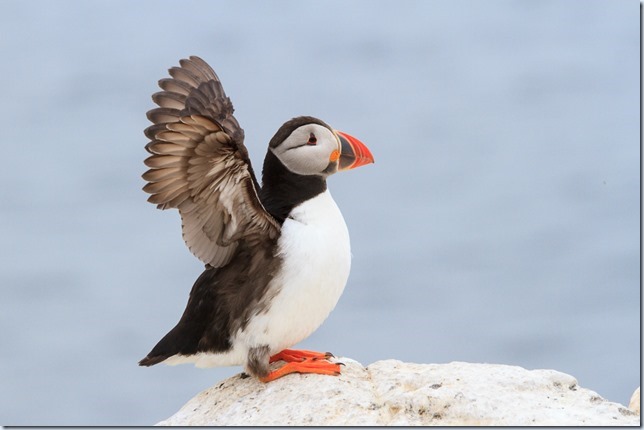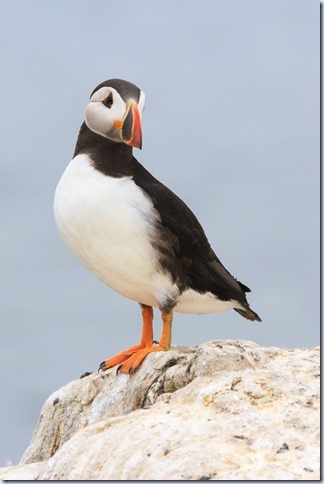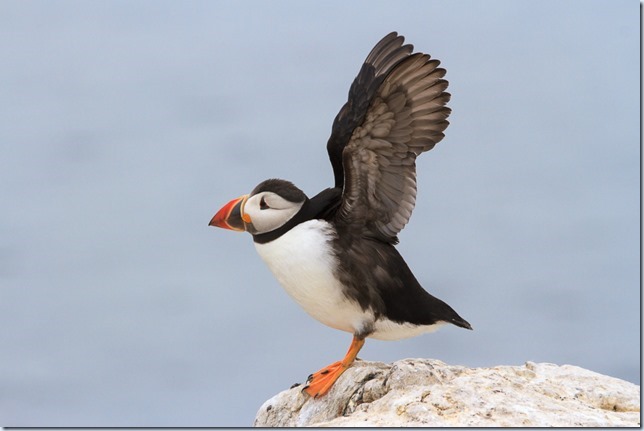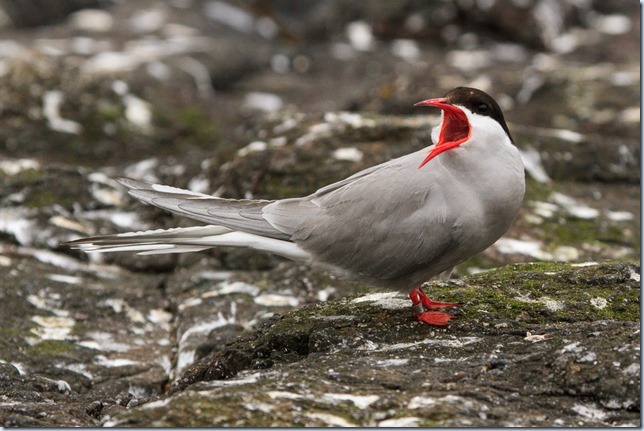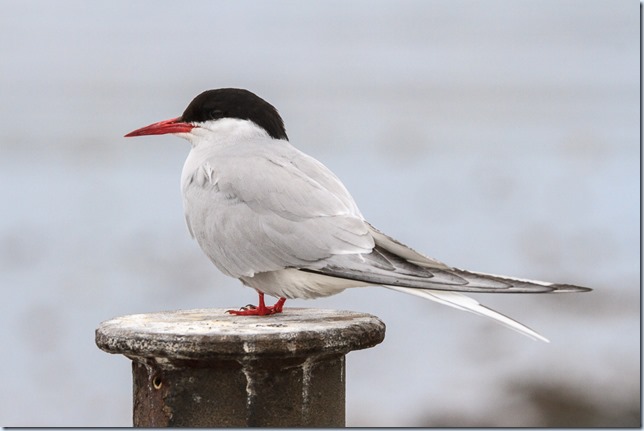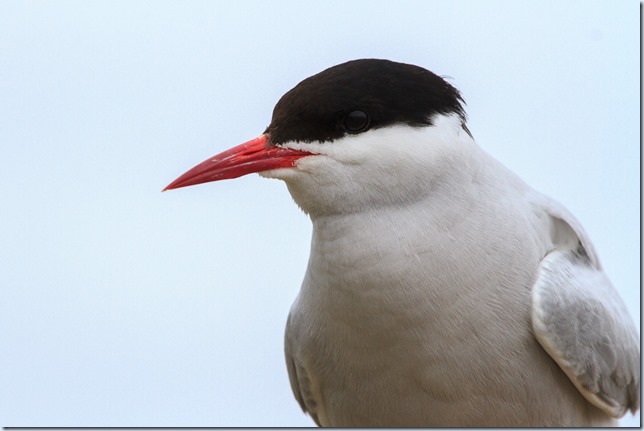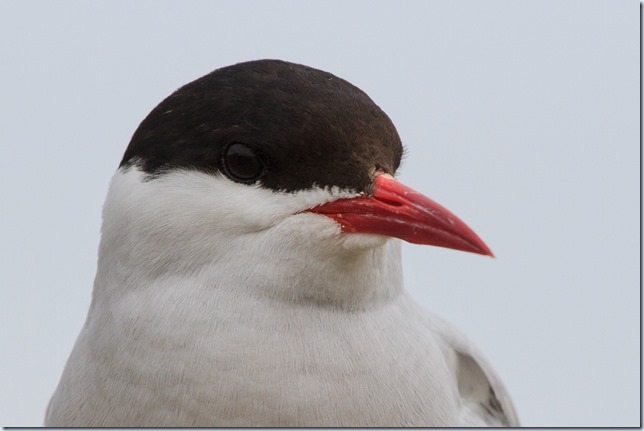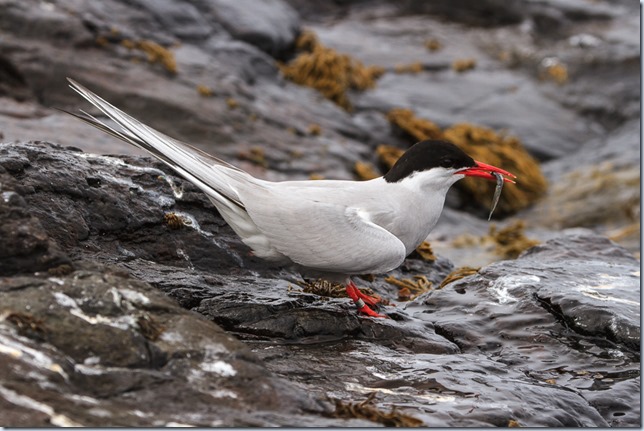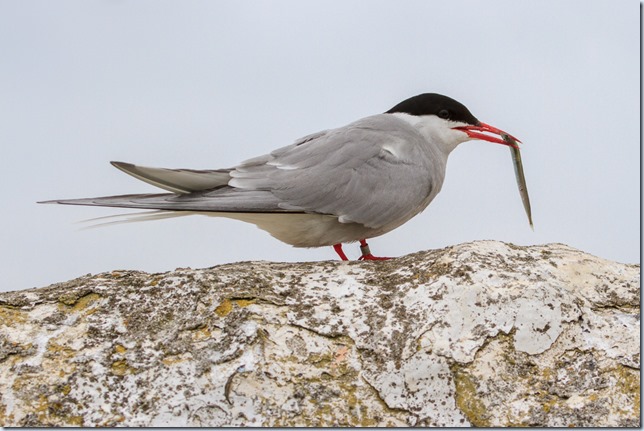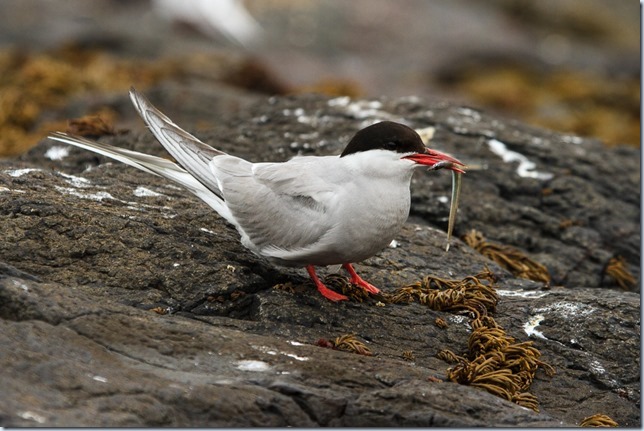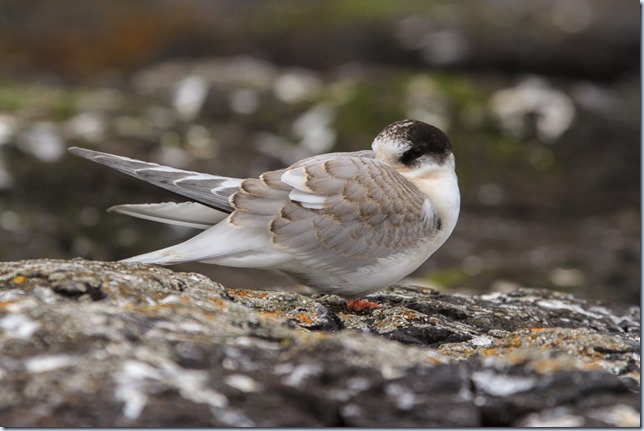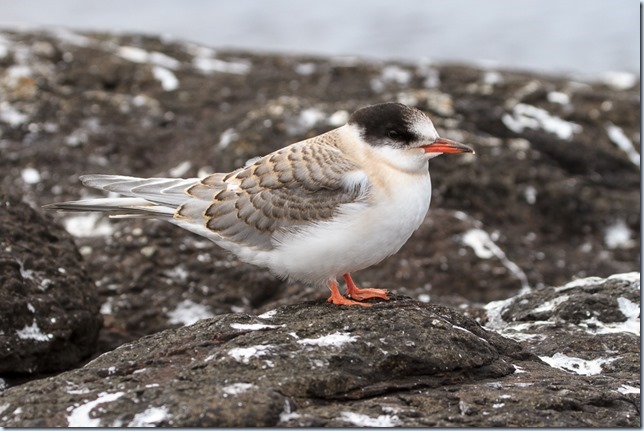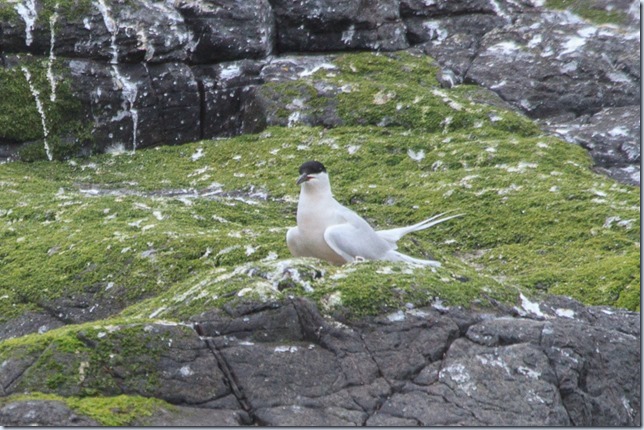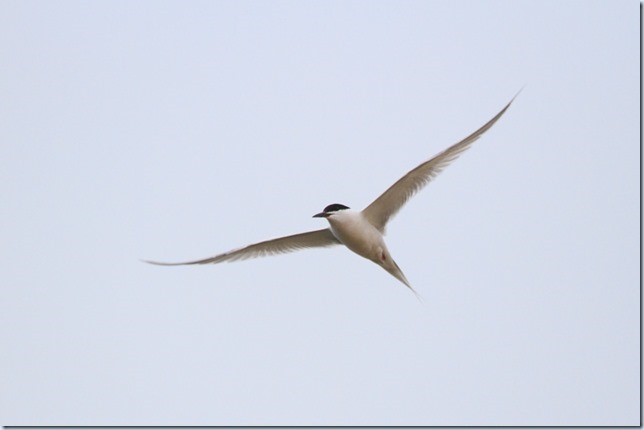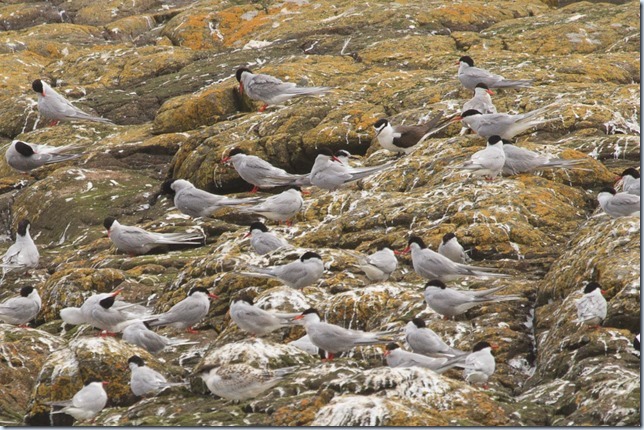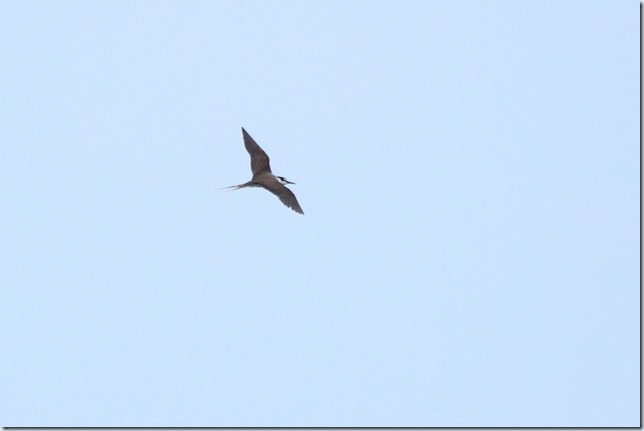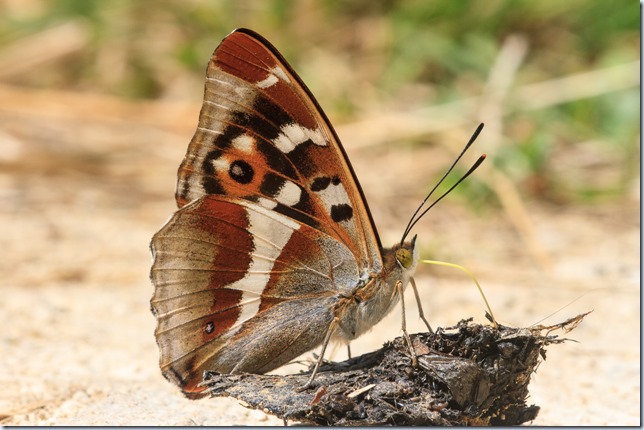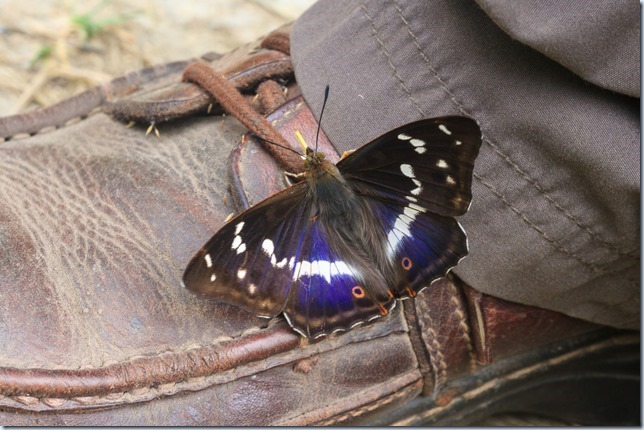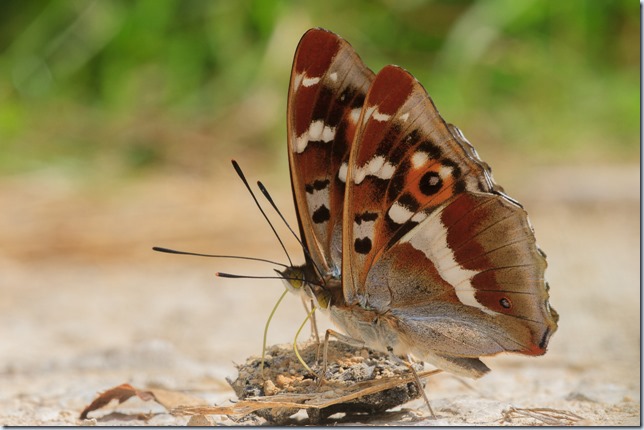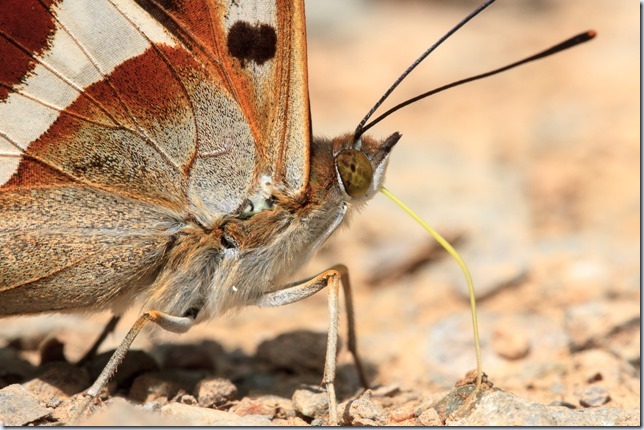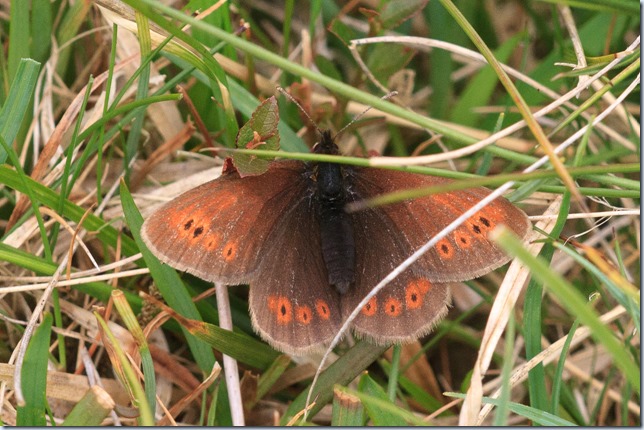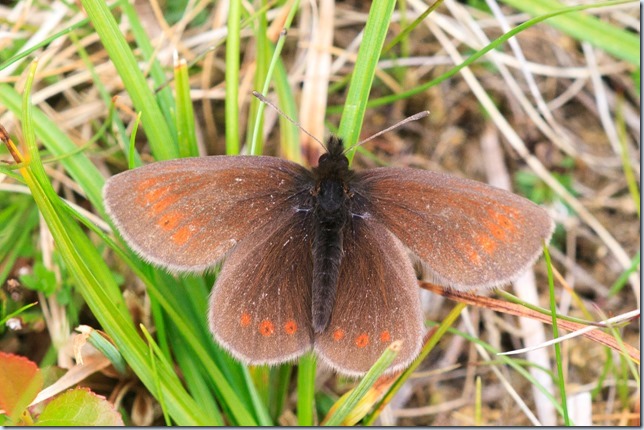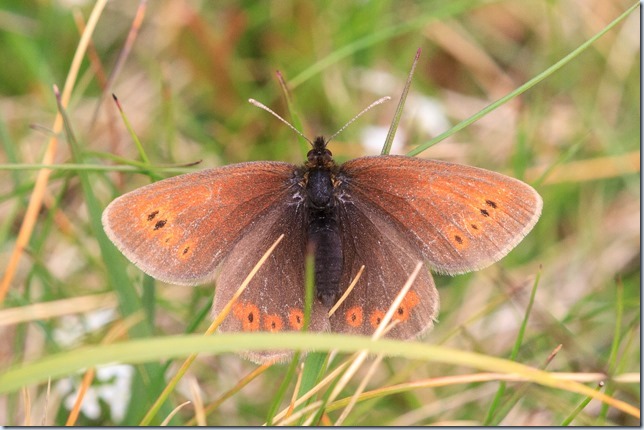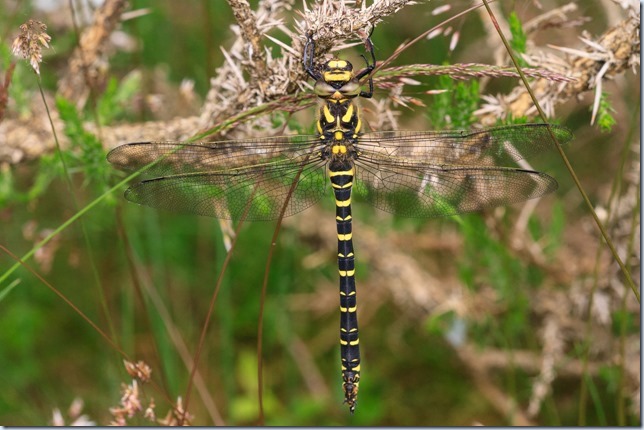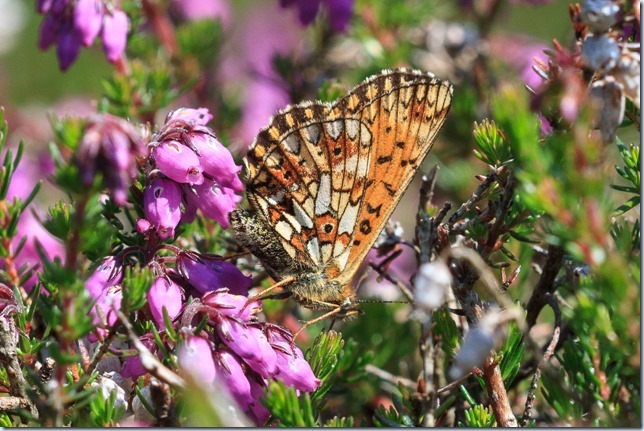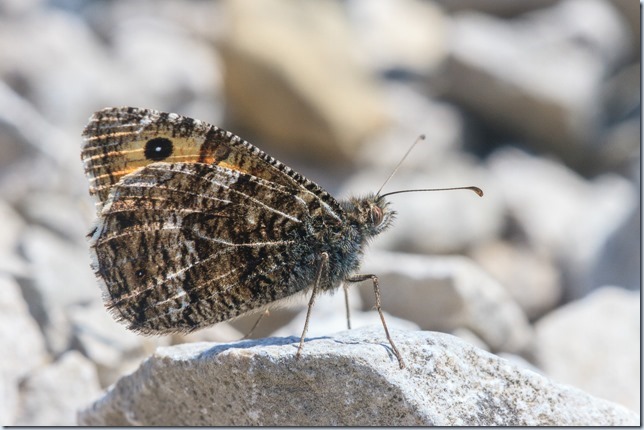How can you not love them?!
Thursday 25 July 2013
Wednesday 24 July 2013
In praise of Terns...
The Farne Islands are a wonderful place, and I honestly cannot believe I’ve never set foot there before. Despite spending about ten hours setting foot no further than the jetty, failing to see the Bridled Tern that had attracted me there, I mean that with complete sincerity! Having dipped the tern twice already, I was pretty relaxed about the possibility of it happening again, and determined to enjoy another weekend in a stunning place. There’s just nothing quite like the constant melee of a seabird colony, birds coming and going, loads of noise, the smell – it’s brilliant. Guaranteed to be better than any birding that London could possibly offer!
So, rather repeat the story of a near-dip, I’ll home in on photos of the birds.
First, Arctic Terns. These guys have serious attitude, dive-bombing innocent passers-by to deliver sharp pecks to the head, screaming and shouting at each other (and us), posturing aggressively all the time.
Utterly fearless, if they’re not attacking you, they’ll sit tight however close you get, allowing for some real close-ups – macro lenses are by no means a crazy option here! The short end of my 100-400 zoom was well worth having.
One of the key food items for the terns is sand eels, a species that has declined markedly in the North Sea over the past 30 years, causing concern for conservationists.
Of course, there were good numbers of fairly recently fledged juvenile terns in evidence (and also some smaller chicks that had some growing still to do). These youngsters were much less active, sitting alongside the crowd of patient twitchers, waiting for parents to drop off a tasty morsel or two… or having a nap!
Other terns noted included plenty of Sandwich, a few Commons, a very smart pair of Roseates:
… and some other weird thing that people kept getting very excited about? No idea what this is.
Monday 15 July 2013
Introducing His Imperial Majesty…
… the Purple Emperor!
(No, not the Right Honourable Member Prime Minister for Little Chalfont, as several people suggested when asked who or what I might have been referring to by “HIM”).
These majestic creatures showed superbly well at Lady Wood, south of Fermyn Woods near Corby on Sunday morning – I reckon I easily saw a dozen individuals (all males) late morning when the sun finally emerged. Unlike most butterflies, Emperors can be quite tricky to see, since they spend much time inactive high up in the canopy, rather than at ground level. But when the sun gets out, they come lower, gliding up and down the forest rides, before dropping down to feed on the tracks. This is in order to take onboard essential minerals from muddy puddles or (apparently even more delicious) animal droppings. This fox scat was a particularly choice morsel…
… though other observers footwear and trousers were also favoured! (“Hmmm, I really must change my socks / brand of antiperspirant / underwear…” (delete as applicable))
At times, there were up to five individuals on show along a short stretch of the track at one time, including three males around the same ‘delicacy’. These two posed rather nicely!
And despite the heat, it was a complete pleasure to spend an hour or two taking photos at point-blank range, especially since all the individuals were very freshly emerged, in pristine condition. They’re just stunning!
Monday 8 July 2013
Leica customer service: a personal experience
A fellow London birder was asking for people’s experiences with Leica customer service earlier today, and this struck a chord with me. I had ‘an experience’ along these lines earlier in the year, and have been meaning to write it up objectively and share for quite some time. Seems to be an opportune moment – so here goes.
[To be clear: this is simply what it says on the tin, my only personal experience of Leica customer service. I’m sure other customers have other experiences, some better, some similar, some worse. Rather than report what I’ve heard of those, and attempt to draw conclusions, this is just a factual account of what I encountered.]
I’ve had a pair of Leica Ultravid 7x42 BRs for a couple of years, bought privately second-hand in 2011. Their previous owner bought them new in early 2006 – so they’re about 7 years old, not really that much for a top-end product with a 30 year warranty. Back in January, I’d got sufficiently annoyed with the rubber armouring ‘bubbling’ away from the body on both barrels that I decided to investigate getting it sorted out. It appeared that either the rubber had stretched away from the body, or that the adhesive used to attach it was failing.
I took the bins into Leica’s flagship shop in Mayfair on 8th January and described the problem, where a friendly white-coated technician agreed that this shouldn’t happen, and that they should be sent off to Germany for a repair, free of charge, under warranty. I doubled-checked this at the time, to be absolutely clear, and there was no shadow of doubt: warranty repair; free. I was also asked whether there was anything else that needed doing, so I mentioned a cosmetic scratch on one of the objectives, no doubt caused accidentally – and made clear that I had no expectation of this being dealt with under warranty, but of course if it were to be sorted, that would be great.
I asked when I should expect the bins to be back in London, and was told “about a month – we’ll contact you”. So far, so good. OK, so you could argue that a month is not a spectacularly quick turnaround, but by the time you’ve factored in transit to and from Germany, and a bit of admin, it’s not that unreasonable either (especially in a quiet time of year for birding!)
But after three and a half weeks, on 1st February, I’d not heard anything, so thought I’d give Leica Mayfair a ring, and find out how things were going. Should be nearly done, right? Not exactly…
After my details had been looked up, I was told that my account had an outstanding estimate of c. £260 + VAT on it, needing my approval to proceed. The estimate covered the rubber armouring, a new objective (which I hadn’t asked for), and labour. This prompted two obvious questions:
- why is there an estimate on the account, for work that I was unequivocally told would be free of charge, for a fault with the product?
- and why am I only being told about it at the point when I’ve chased the matter up? Why has no-one contacted me?
It transpired that the technician who I’d originally dealt with had been involved in an email chain with the factory in Germany, since they were not willing to do the work for free, but he thought that they should. I was also told that the small print in the warranty terms excludes the rubber armouring, and therefore it wasn’t covered. I replied that this missed the point: I had been given a commitment, and I expected it to be kept. If someone at Leica has made a mistake, then it’s theirs to rectify, not mine to bear the cost. They agreed to raise the matter again with Germany.
I also made reference to the Leica “Sports Optics Goodwill Service”, advertised in some of their brochures. I quote: “To enable us to offer you maximum security and reliability, we have now introduced a new goodwill arrangement […]. Above and beyond our statutory warranty obligations, we will repair almost all our Sports Optics products worldwide on a goodwill basis.” So, I suggested, here was an opportunity to extend some goodwill, and do the right thing by sticking to your promise.
By 7th February, and a few more emails with Leica Mayfair (which were efficient and helpful, to be fair), we’d heard back from their colleagues in Germany. They remained unwilling to proceed, even under the (unclear) terms of the Goodwill service, and left me with options to either pay for the repair, or have the binoculars sent back. Leica Germany also stated that the rubber armour bubbling was “due to excess hand sweat”. This basically made me laugh out loud…
While thanking the technician in Mayfair for their assistance and persistence in fighting my corner, I escalated the issue directly to Leica’s UK Customer Service Manager, explaining the situation, and what I expected to happen. She pointed out once again that the armouring repair was not strictly covered by the terms of the warranty… and I pointed out once again that they were missing the point. I quote from an email I sent, which wraps up the key points:
“The primary issue was the armouring. Consequently when I chased up the status of the repair, and the first thing I heard was that there was a moderately large estimate outstanding, this was a(n unpleasant) surprise.
I’ll also repeat that I think attributing the armour bubbling to ‘excess hand sweat’ is pretty laughable – and whether or not Leica believe it to be true, presenting it to the customer simply looks like a weak excuse, a cop-out. The binoculars do not get heavy use, only very infrequently in warm conditions, and I have no reason to believe I sweat more than any other customer! And if Leica really do believe that this is the root cause of the problem, then I would have pretty significant concerns over how well the product would stand up to constant use by professional ornithologists, and/or in a humid climate – it doesn’t exactly inspire confidence.
Finally, my expectation that the repair would be free of charge is not only because I was told explicitly that would be the case, though of course that’s the major contributing factor. It’s also because I don’t think a top-end product retailing new around £1000 should start to come apart in this way, particularly under the level of use I describe above. I think it’s a fault, and I would have made that point if I’d been told the work would be chargeable. But maybe I’m wrong: is it typical that most Ultravids would need re-armouring after 6 or 7 years (and sooner under intensive use), and that the customer should pay for it every time? I, and I’m sure lots of other people, would be very interested to know if that’s the case.”
Needless to say, I didn’t get an answer to the question of whether all other Ultravid owners should expect the same level of quality from their binoculars, or whether Leica recognised my opinion that they have a serious problem with their customer service image when compared to their competitors – but at least, once again, the matter was taken away to be pursued further.
On 15th February, after a further delay (due in part to staff illness), Leica finally offered in writing to do what they’d said they would do over five weeks earlier – simply repair the rubber armouring on my binoculars “as a gesture of goodwill”. They apologised that my experience of their customer service had been poor, but continued to feel the need to reiterate that “repairs to armouring of Ultravid binoculars are not covered by the manufacturer warranty”.
Around a week later, I got a phone call to advise that my Ultravids were back in Mayfair, repaired. And more! It was immediately apparent that additional work had been carried out, above and beyond the problem armouring. The diopter adjuster on the top of the focus wheel had been replaced, to address a small crack in the plastic. And the objective lens which had been scratched was replaced. This was obviously good news, and I’m grateful to whoever made the decision to do this extra work.What’s more, a few months down the line, I have to say I still think the binoculars are a class act, a really nice bit of kit that I enjoy using.
But now I have a a dilemma: should I keep them? What happens if I need to have them repaired again? Do I really trust Leica not to mess me about again? I’m far from convinced, and I really don’t think I’ll ever buy another of their products.
Based on this experience, it felt as though I was witness to two very different ways of thinking within the Leica organisation, between the UK and Germany. On the one hand, maybe there are technicians and optics specialists, who believe that their products should be absolutely top drawer, should be maintained to that level of quality, shouldn’t suffer defects like the one I experienced, and repair products back to a mint condition, fixing more problems than strictly required. And then maybe there are the people who control the work that the first group of people do – worrying excessively over small print, rather than customer expectations, and simple core values like ‘delivering what you promise’. Maybe I’m wrong – but that’s how it looked.
In summary: I have no real problem with the fact that the rubber armouring on my bins was faulty, and needed replacing. However, I do have a problem with the facts that I had to chase Leica up for any kind of communication on the issue in the first place; that Leica tried repeatedly to back out of a promise they’d made, due to a mistake on their part; and that I had to spend a considerable amount of my time pursuing the matter, and ultimately escalating it to get a satisfactory outcome. For a manufacturer of high-quality, top-end products, this is just not good enough.
Sunday 7 July 2013
Un-Bridled Frustration...
Sometimes, planning a weekend away birding or looking for other wildlife is easy, and everything falls into place neatly. This wasn't one of those!
For the early part of the week, a Bridled Tern (about the 25th for the UK) had been in residence on Inner Farne, one of the islands off the Northumbrian coast. A trip up that way was definitely plan A, with Mountain Ringlet and other butterflies in Cumbria on the way home. But on Thursday, the tern had all but disappeared, only showing once for just a few seconds all day. So: plan B - just the butterflies then. My Dad was still keen on that, given it's a while since either of us had been up to the Lake District, so Friday lunchtime saw him heading down to my place ready to drive north.
In the time it took for him to reach London, plan C was forming: a somewhat more ambitious trip, to Islay, where mega news of an Ascension Frigatebird had broken. If that was going to be twitchable, then we surely had to give it a go, so ferry timetables and car hire companies were researched. And to compound the confusion, the tern turned up again, a bit further south, on the mainland at Cresswell. What to do?
As we headed north, our decision was basically made for us: there was no further sign of the frigatebird, and the tern was still showing on and off, in between trips out to sea fishing. We were back to plan A again! Arriving in Northumberland mid evening, we missed the tern by about 30 minutes, checked out East Chevington, and then hurtled down to Cresswell where it was seen again offshore. No joy, and no sign back at Chevington by dusk. Not to worry, we thought - it's bound to be seen tomorrow, with more people looking and putting immediate news out.
Except that didn't happen. We searched the coast from Hauxley down to Cresswell from early morning until about 1pm, enjoying loads of Puffins, a couple of Arctic and one Great Skua, in amongst hundreds of Arctic, Common and Sandwich Terns, when a rumour turned into fact: the Bridled Tern had relocated about 50 miles further south, at Saltholme RSPB in Cleveland. Everyone jumped into their cars and hit the road... only to arrive about 10 or 15 minutes after the tern had headed high out to sea again. Once again, the assumption was "don't worry - it'll come back in again".
But by 5pm, three hours after it had 'popped out', it hadn't. A smart Roseate Tern was only very partial compensation, and we decided to cut our losses and get over to the Lakes to set up a day of butterflying. Most of the way over there, a somewhat predictable, and utterly annoying, message proclaimed that the tern had reappeared - back at Chevington for 15 minutes, where we'd spent hours looking that morning!
Anyway - we had a much better day today, with good views of 40+ Mountain Ringlets between Irton Fell and Whin Rigg, in the SW Lakes. Given that we were quite late in the flight season for the species, we had to climb up to the colony near the top of Greathall Gill to find the butterflies. Many were a bit tatty, so a visit about a week earlier would probably be ideal.
Of these shots, I reckon the first and third are fatter-bodied females, while the middle one is a worn male.
A Golden-ringed Dragonfly was also a nice bonus - these are pretty awesome looking beasts, and enormous!
The route home took us past first Meathop Moss, with plenty of (photographically uncooperative) Large Heaths, and then Arnside Knott. This site had a nice mixture of species, including Grayling, Northern Brown Argus, and Pearl-bordered and Dark Green Fritillaries. High Brown Fritillary had been seen the previous day, but no-one seemed to having any luck today.
All in all, I've had a great weekend in the sunshine, in some lovely scenery, and seen some pretty good stuff. Just one thing missing... but I have a feeling that we've not heard the last of Bridled Tern yet!

